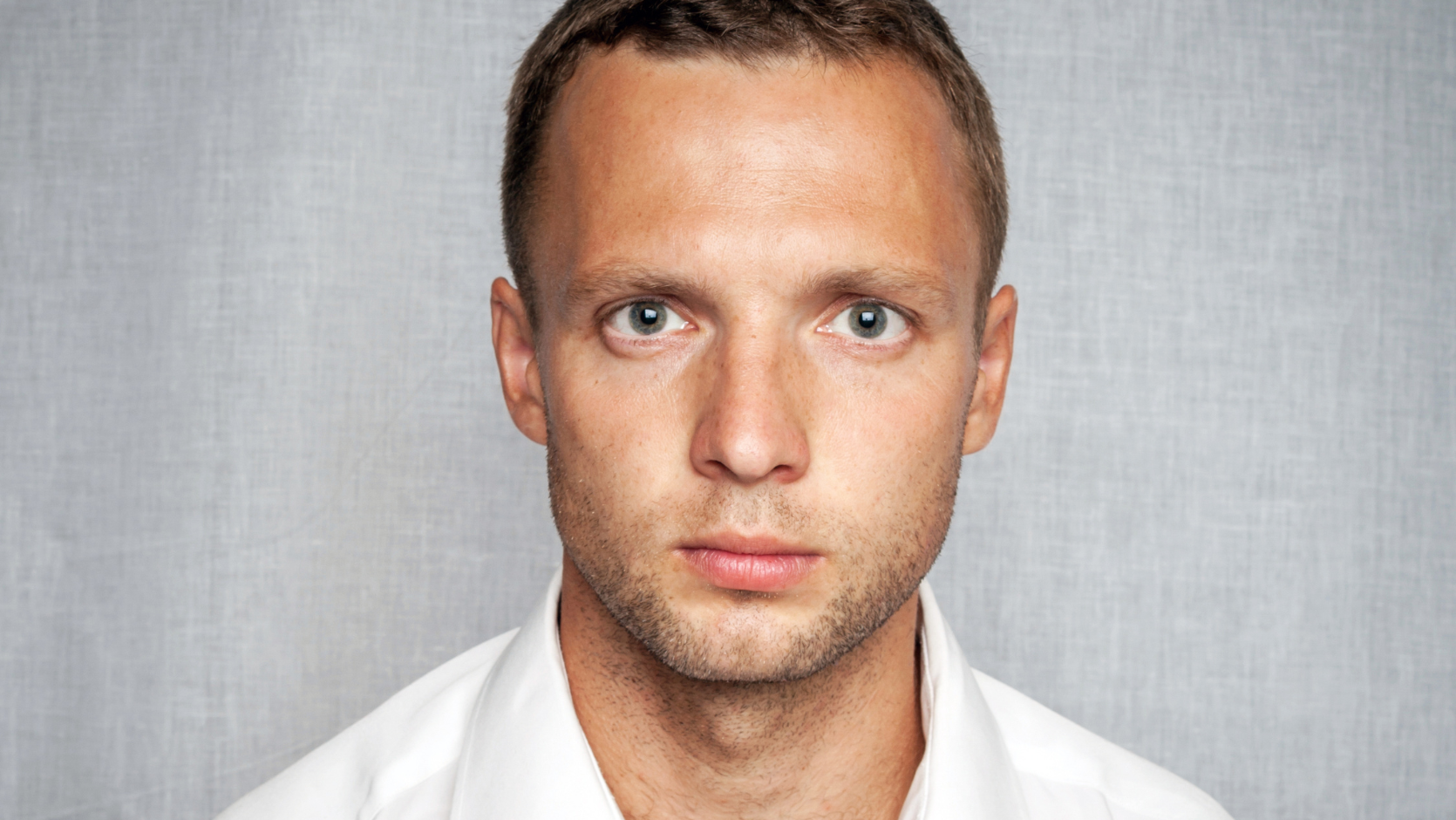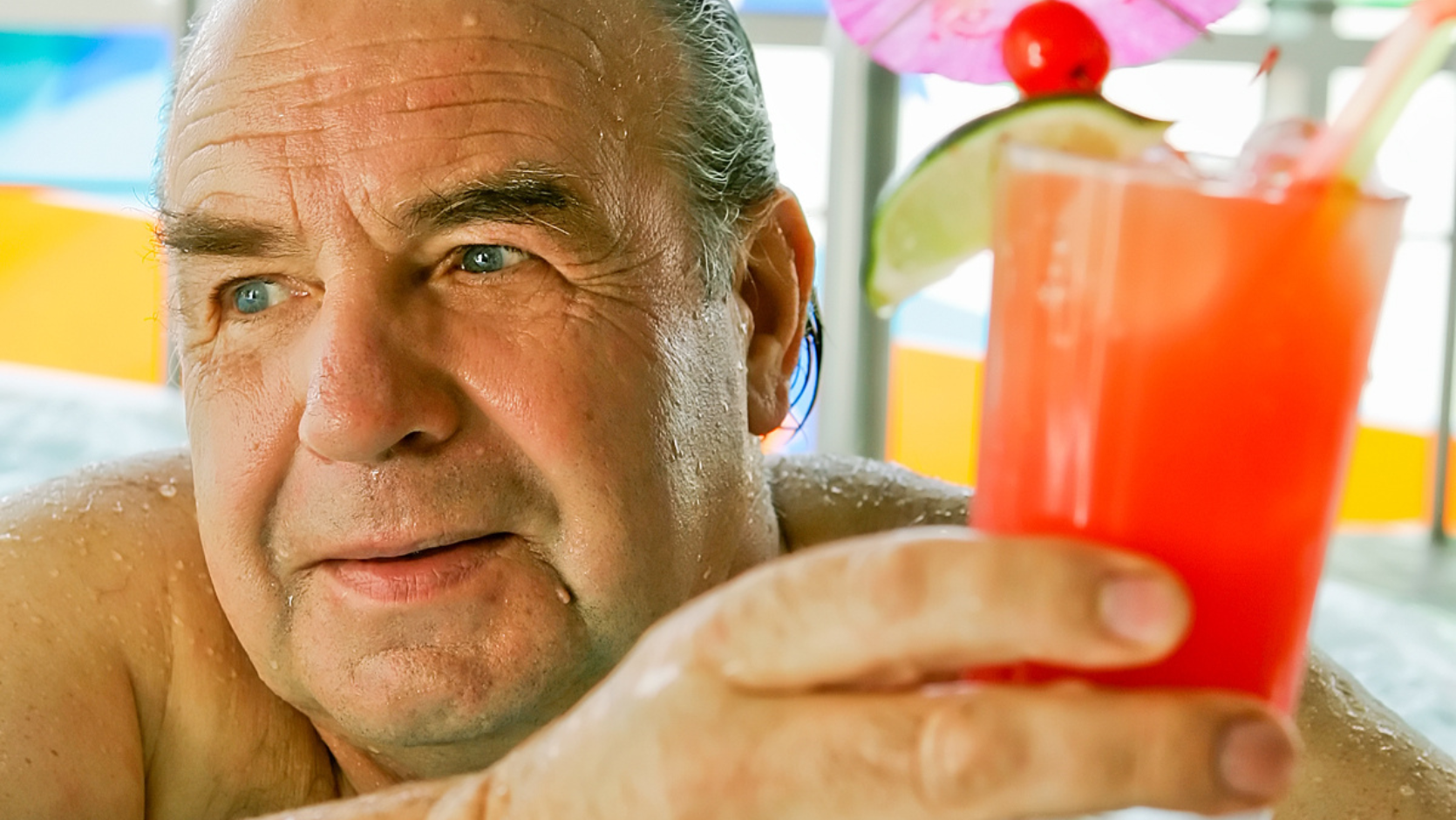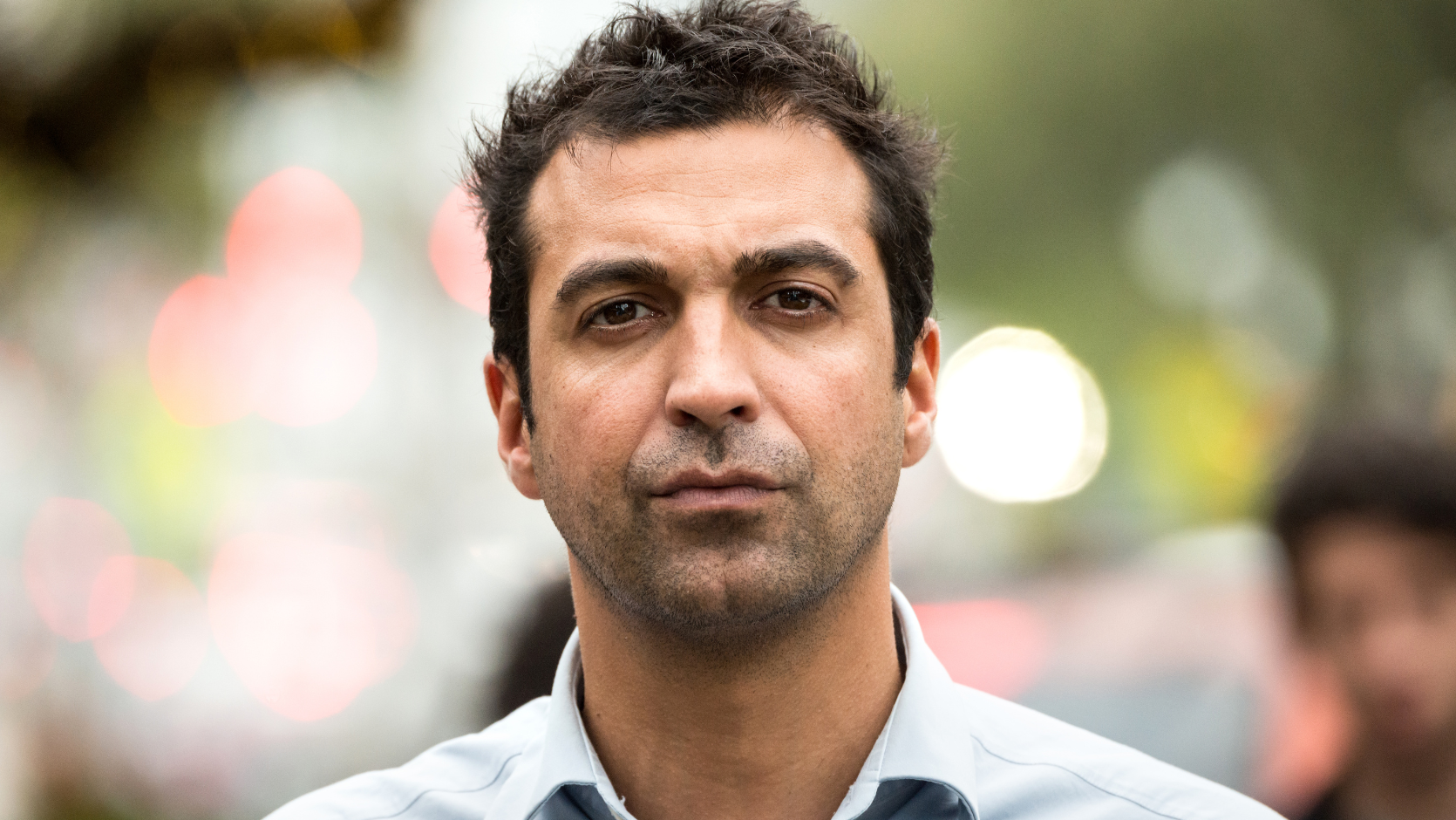The Facts
Athlete knocked to ground during running section of triathlon
An athlete had participated in multiple triathlon events leading up to a triathlon in Queensland. Due to poor weather conditions, the event was changed to a duathlon with a run, cycle, run format. The athlete was disappointed in this change because swimming was her strongest skill. Nevertheless, she chose to participate in the event.
The triathlon had able-bodied athletes competing on the same course with para-athletes. During the first leg of the event, the athlete heard yelling and swearing moments before being knocked to the ground by a para-athlete in a racing wheelchair.
She remembered the para-athlete ricocheting out of the wheelchair and hitting the ground, but little else. As a result of this event, the athlete suffered a brain injury and psychiatric injury, as well as some other relatively minor physical injuries.
Athlete claims use of barriers could have prevented her injuries
The athlete brought a claim against the organiser of the event, arguing that it owed her a duty of care and that it failed to consider the risk of injury by not adequately separating para-athletes from able-bodied athletes.
The athlete argued that her injury could have been prevented with better risk assessment of the course and the use of barriers to divide para-athletes from able-bodied athletes at tight junctions throughout the course.
While the event organiser did not dispute that it owed the athlete a duty of care, it did dispute the extent of the duty owed.
Event organiser disputes athlete’s claim
The question for the court was whether the injuries suffered by the athlete were caused by any breach of duty by the event organiser, which raised several points in its own defence.
One of these was based on obvious and inherent risk. The organiser argued that the athlete voluntarily assumed this risk by entering the triathlon.
The event organiser also relied on the fact the competition was conducted in accordance with Triathlon Australia Race Competition Rules, as sanctioned by Triathlon Australia. Competitors are obliged to abide by the rules, which state that athletes are responsible for their own safety and the safety of others.
The organiser argued that the prospect of injury only arose if an athlete acted negligently, carelessly or recklessly, emphasising that there was minimal or no risk of collision between competitors who conducted themselves in accordance with the rules.














Expert commentary on the court's decision
Court finds in favour of injured athlete
In the matter of James v USM Events Pty Ltd [2022] QSC 63, the court found in favour of the athlete, Dr Sally James.
It determined that USM Events Pty Ltd, the organiser of the Gold Coast Triathlon held in Southport on 25 February 2018, failed in its duty of care to Dr James.
The court made the following comment.
Risk of harm was foreseeable by event organiser
Paraphrasing, the court adopted the common law principle that if an event coordinator brings together a crowd of people and organises their participation in activities in which injuries happen to occur, they will ordinarily owe to those people a duty in respect of the dangers which have been created.
Justice Brown held that the risk of harm was reasonably foreseeable because a para-athlete in a wheelchair can reach speeds up to double that of an able-bodied athlete and it was likely the two groups of athletes would overlap on the course.
The court made the following comment:
Risk of collision between able-bodied athletes and para-athletes in wheelchairs
USM did not dispute that it owed a duty of care to competitors. However, it denied that there was a breach of that duty. The court indicated that USM knew or ought reasonably to have known of the potential risk that para-athletes in wheelchairs might collide with able-bodied athletes.
Once the risk is foreseeable, the magnitude and degree of probability of its occurrence is considered, along with the expense, difficulty and inconvenience of taking alleviating action.
Dr James argued that USM did not take reasonable precautions to prevent the risk of injury. Justice Brown ultimately considered that the implementation of barriers would have been a reasonable precaution for the safety of all athletes and therefore held that USM breached its duty of care to Dr James.
The court found that USM’s failure to use separation barriers adequately between para-athletes and able-bodied athletes ultimately caused the injuries suffered by Dr James.
Rules in sport do not necessarily encompass duty of care owed
The court noted that the law will not necessarily accept the rules or practices of sporting bodies as setting the law’s standard of reasonable care.
While there were protocols which athletes abided by and rules in relation to both personal safety and the safety of others, in this instance the protocols appeared to have been developed over time by those competing and the rules were not specific to any situation.
Rules which govern participation in sport are not necessarily conclusive of the content of the duty of care owed, but are factors to be considered in assessing what was required by the standard of reasonableness.
Sporting guidelines not to be relied on to diminish risk
In this instance, the rules were general in nature and open to interpretation by a particular athlete. These interpretations could differ considerably in a competitive environment.
The court said that while the guidelines for triathlons provide that an athlete must take care of their own safety, it is still a competitive environment and a reasonable person in the position of USM would not rely on the rules or protocols to diminish the risk of collision to an acceptable level, particularly where the risk of serious injury was high.
The court concluded that the existing rules and protocols were not sufficient to meet the risk.
Collision with para-athlete not an obvious risk
USM contended that the risk of collision was obvious, particularly to an intelligent and experienced competitor like Dr James. However, there was no reference in the athletes’ guide or in the competition rules to para-athletes and able-bodied athletes competing together.
The court accepted that Dr James chose to participate in the event and was aware that the competition involved some risk of injury, although colliding with a para-athlete was not considered an obvious risk.
Collision may have been avoided by exercising reasonable care and skill
USM also contended that the risk of collision is an inherent risk of competing in a triathlon. An inherent risk is one where no party has control, despite the exercise of reasonable care.
However, the evidence did not establish that it was commonplace for para-athletes and able-bodied athletes to be on the same part of the course at the same time.
The court took the view that the risk of collision may have been avoided by the exercise of reasonable care and skill by USM.
The damages payable to Dr James by USM for pain and suffering, loss of amenities, past economic loss, future economic loss, loss of earning capacity, future expenses and interest together amounted to $1,062,351.20.
Diligent ongoing risk assessment vital for all organisers of events
All sporting events have risk. Specifically, there is a risk that athletes will collide in the conduct of a triathlon. This risk is not necessarily confined to collisions between a para-athlete and an able-bodied athlete.
However, this does not prevent athletes from making a claim against event organisers who breach their duty of care.
Organisers of events would be prudent to take heed of this case and what can be learnt from it.
First, if the circumstances of a sporting event change, the organiser must properly assess the impact that change has on its participants and the duty of care it owes.
Secondly, participants need to be made aware of that change in circumstance and undertake responsibility for any additional risk.
And finally, event organisers should identify risks more specifically, rather than relying on a general assumption of risk by an athlete in a sporting event.